Blog
Explore the Power of Lithium Innovation
Stay updated with the latest trends, technologies, and application insights in the world of lithium battery solutions
Search the whole station
Explore the Power of Lithium Innovation
Stay updated with the latest trends, technologies, and application insights in the world of lithium battery solutions
In today’s fast-moving digital era, electric transportation has become a symbol of technological progress and sustainability. As manufacturers push for longer driving ranges and improved performance, the role of battery technology has become more critical than ever. Among the solutions, the 72V 35AH lithium battery pack stands out as a powerful option to support the next generation of electric vehicles.
This article will walk you through the assembly process—step by step—while highlighting essential safety measures and practical tips.
Before diving into assembly, preparation is everything. You’ll need lithium battery cells, a Battery Management System (BMS), a durable battery frame, quality connectors, insulation tape, welding tools, as well as protective gear like gloves and goggles.
Investing in high-quality materials ensures both performance and safety—two things you should never compromise when building a battery pack.
The foundation of your 72V 35AH pack lies in the series of lithium cells that form the system. Each connection must follow the correct polarity, as mistakes can lead to short circuits or long-term reliability issues.
Secure the cells with proper connectors, and use insulation tape where needed to keep the layout neat and safe.
Think of the BMS as the brain of your battery pack. It continuously monitors voltage, temperature, and charge/discharge cycles to keep the cells balanced and safe.
Mount the BMS carefully, connect it to the corresponding cells, and set the right parameters to ensure the system works seamlessly.
With the cells and BMS in place, it’s time to secure everything inside a sturdy frame. The casing should not only provide physical protection but also allow for effective heat dissipation. A well-designed enclosure extends the life of your battery and makes it safer to use.
Before your battery pack ever touches an electric vehicle, thorough testing is a must. This includes controlled charging and discharging cycles to verify both capacity and performance.
If any irregularities appear, address them immediately—fixing issues early is always safer and cheaper than dealing with failures later.
Working with lithium batteries requires caution. Wear your safety goggles and gloves, handle welding equipment carefully, and never skip standard safety protocols. Attention to these details keeps both you and your project safe.
Once testing confirms everything is in order, the battery pack is ready to be installed. With a 72V 35AH system, you’ll experience extended range, stronger performance, and the satisfaction of driving a vehicle powered by cleaner, greener energy.
Assembling a 72V 35AH lithium battery pack is not just a technical task—it’s a step toward sustainable transportation. With the right skills and care, you can build a reliable power source that contributes to the global shift toward eco-friendly mobility.
By mastering this process, you’re not only enhancing your EV’s performance but also becoming part of the movement that’s reshaping the future of transport.
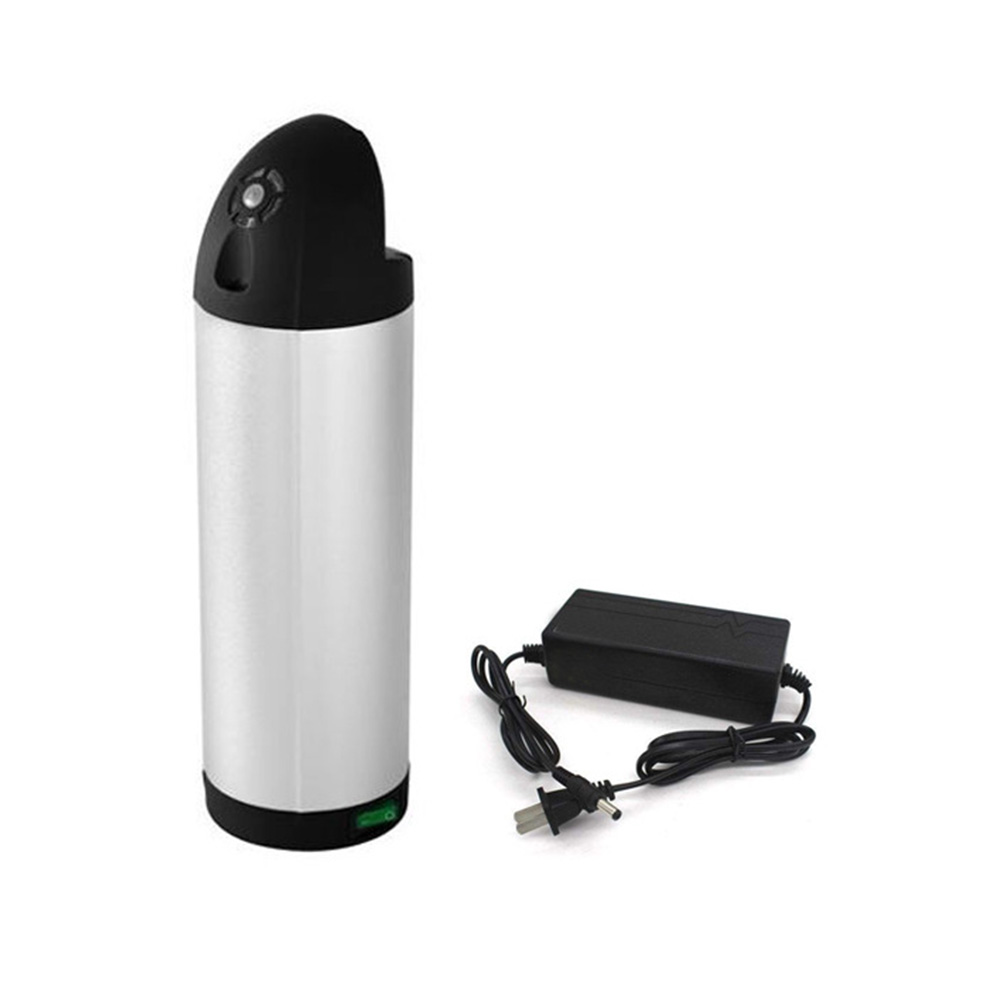
High-performance 36V 10Ah water bottle lithium battery for electric bikes. Lightweight 3.5kg, fast charging in 1.5–2 hours, safe & durable with up to 500 cycles. Ideal for commuting and long rides.
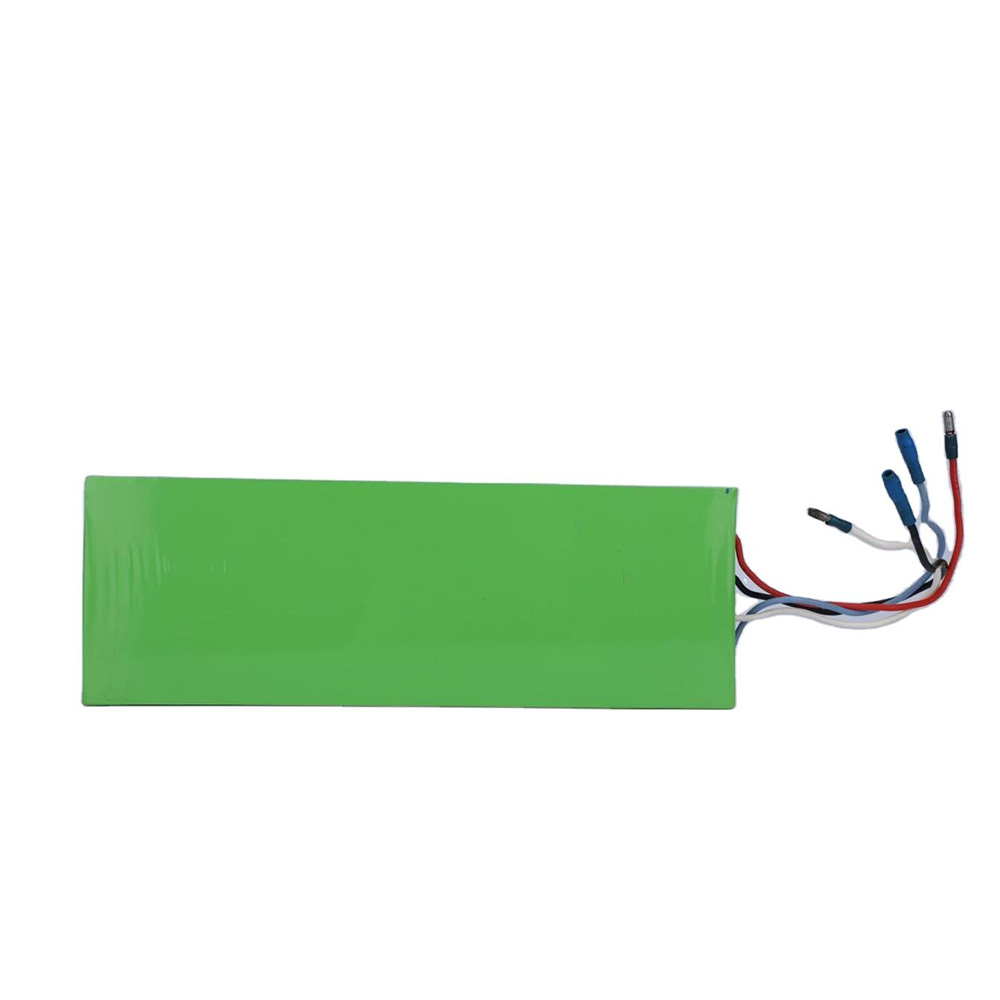
high-performance 18650 Battery 4000mAh, offering stable 24V power and deep cycle support. Perfect for electric scooters, power tools, and energy storage systems. Built-in safety protections ensure long-lasting, reliable performance.
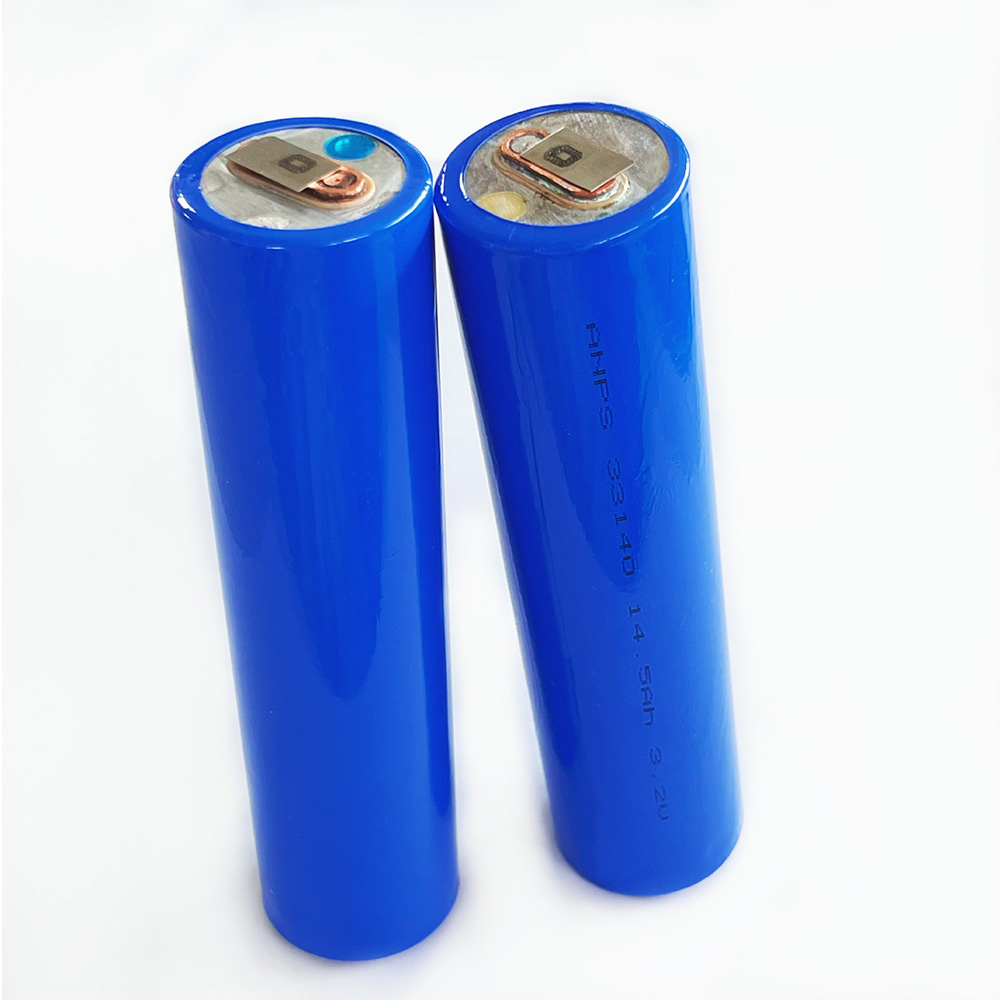
Apsenx 33140 LiFePO4 battery cell (14500mAh, 3.2V). High capacity, long cycle life, safe chemistry. Ideal for ESS, EV, UPS, and solar storage.
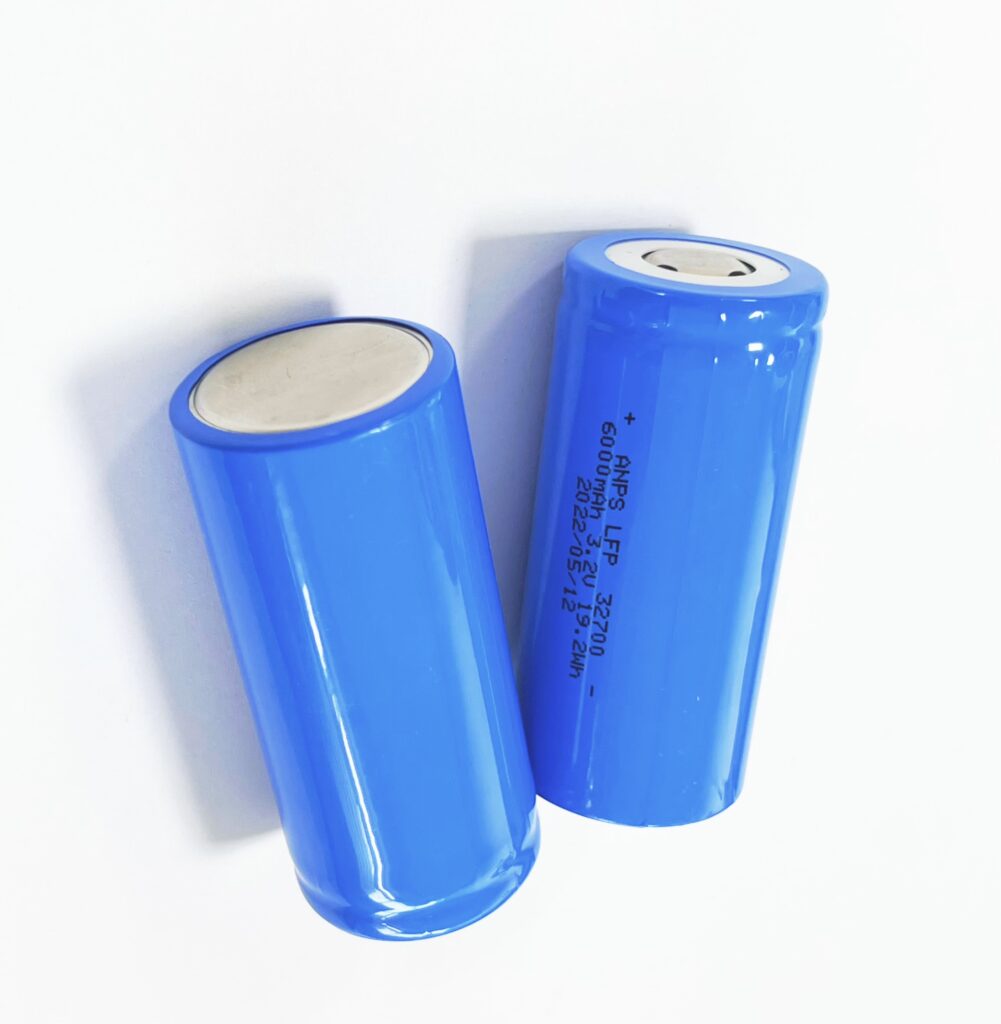
Reliable 32700 LiFePO4 battery with 6000mAh capacity, 2000+ cycles, and advanced safety features. Perfect for EVs, solar storage, and backup power solutions.
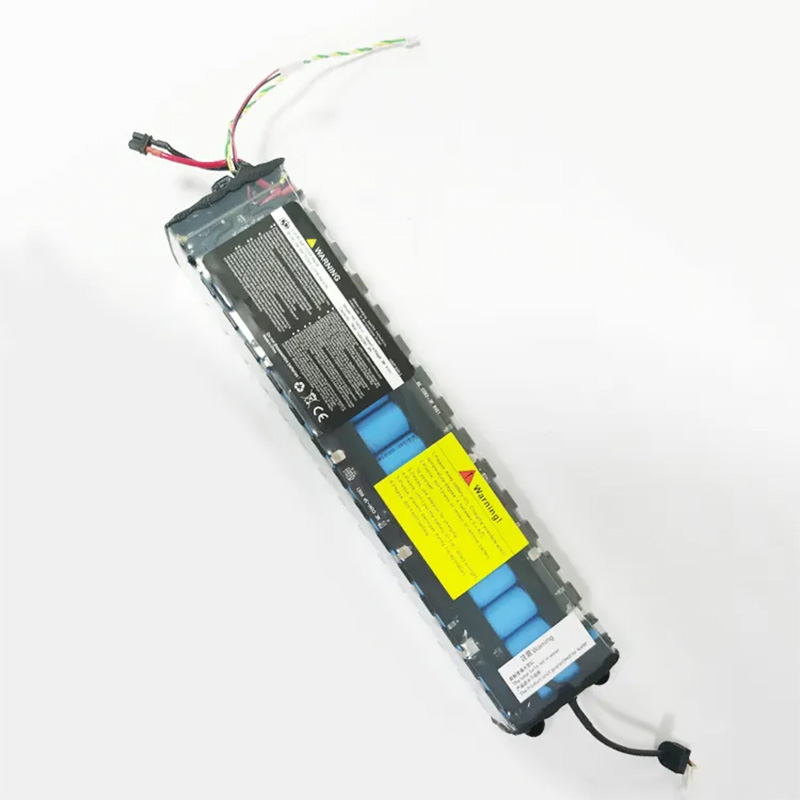
Durable 36V 6600mAh electric scooter battery with 500+ cycles. High energy density, fast delivery, OEM/ODM customization. Perfect M365 replacement.

Discover premium wholesale 21700 3.7V 5000mAh lithium-ion cells from a trusted manufacturer. Built for electric vehicles, power tools, and electronics, our high-capacity rechargeable batteries deliver exceptional performance, long cycle life, and unmatched safety. OEM & ODM customization available.
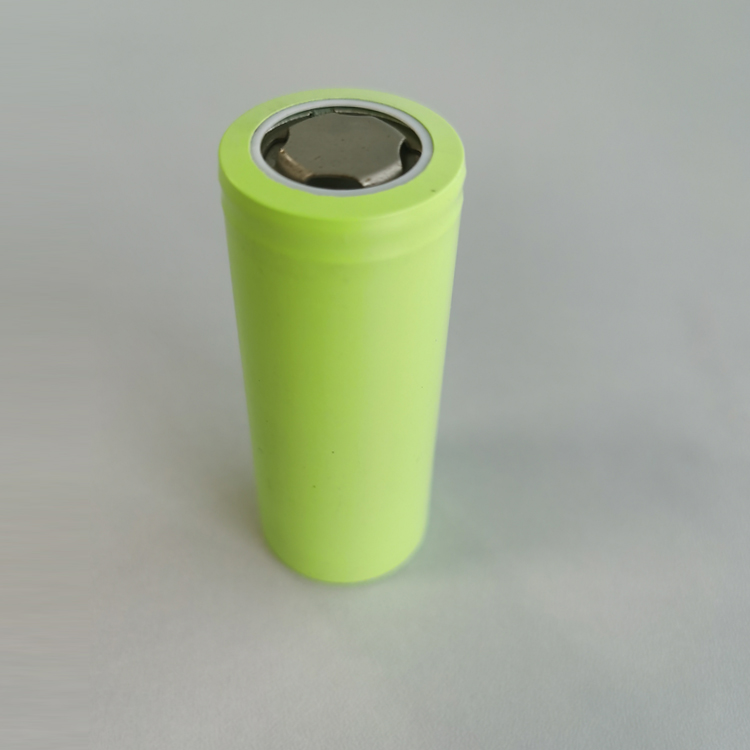
Experience long-lasting power with our premium 26650 3.7V 5000mAh lithium-ion rechargeable batteries. Perfect for EVs, power tools, and solar storage systems. OEM & ODM customization available, bulk pricing, and fast delivery worldwide.
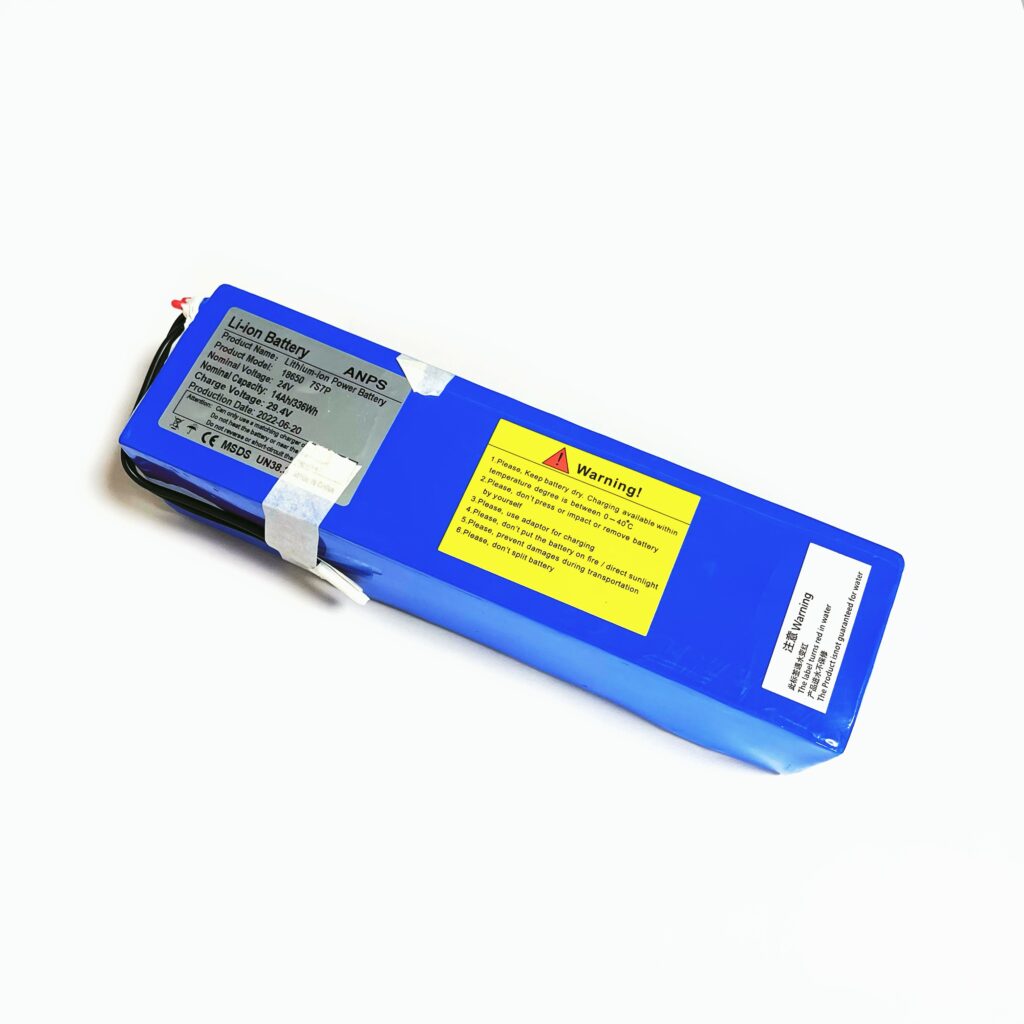
Buy high-quality 24V 14Ah lithium-ion scooter battery packs directly from the factory. Featuring A-grade 18650 cells, 7S7P configuration, long cycle life, and OEM/ODM customization. Fast delivery, CE/MSDS/UN38.3 certified, and backed by a 3-year warranty.
Learn about 10s3p 18650 battery packs, including cell characteristics, DIY assembly steps, advantages, disadvantages, and safety considerations for high-power applications.
View detailsDiscover the wide range of applications for 18650 batteries 1500mAh 3.7V, from portable electronics and e-cigarettes to lighting, wireless tools, and electric vehicles.
View detailsCompare 18650 and 21700 lithium-ion batteries, their key differences, applications, and tips for choosing the right battery for your device or project.
View detailshow Apsenx 18650 3000mAh lithium cells and custom battery packs deliver high energy density, stable discharge, and long cycle life across electronics, industrial equipment, medical devices, and aerospace applications.
View details
HelloPlease log in